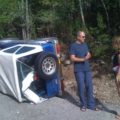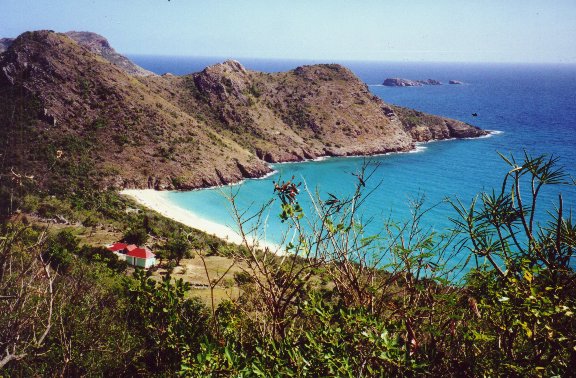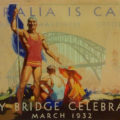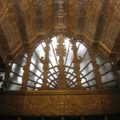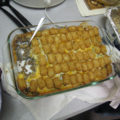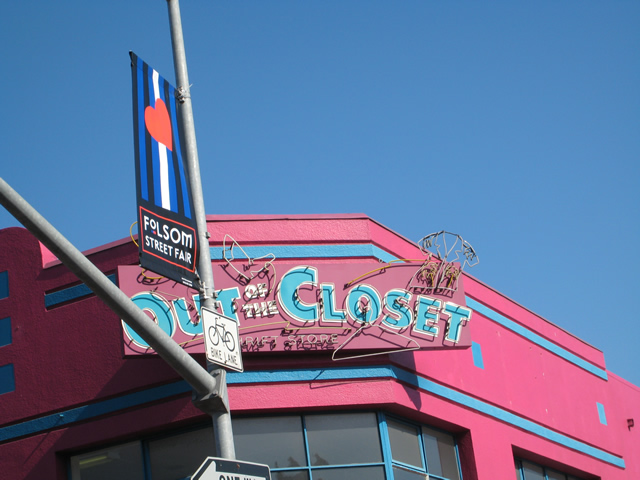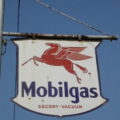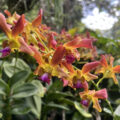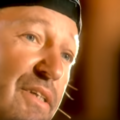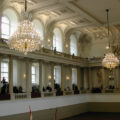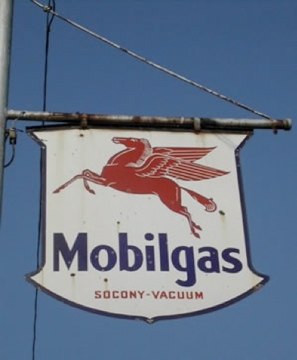My daughter’s school year ended in mid-June (with three intense weeks of tests, quizzes, and papers), and we left Milan almost immediately for a trip up the middle of the United States.
We started in Texas, where I have relatives, and pleasant memories from my days at the University of Texas (Austin). I love that part of the country. It’s not stunningly gorgeous, but has a quiet beauty that I find very peaceful. And, our current president notwithstanding, I like the people.
From Austin we flew to Tulsa, Oklahoma, where a dear friend of mine lives, then rented a car and drove to Lawrence, Kansas (high school friend) and then to Decorah, Iowa to visit my mother. We flew out of Minneapolis, staying with another high school friend and his family there on the way out.
I didn’t expect the drive to be particularly scenic, nor was it. What struck me was the sameness not only of the scenery (corn, corn, and more corn), but also of the signs. Everywhere you go it’s the same Wal-Mart, Dairy Queen, McDonald’s, etc.
In 1970, Alvin Toffler in Future Shock predicted that Americans would be increasingly mobile, moving from town to town in pursuit of jobs. One effect of this would be the “plug-in” society, where homes, shopping areas, and even social lives are designed for maximum sameness across the country, so that people could make these moves with minimum psychological impact.
Toffler was right: Americans move far more than anyone else in the world, and much of the country has achieved a dreary and disturbing sameness. I can understand the attraction of brands: you always know exactly what you’re getting, even if it’s not very good. McDonalds’ the world over have roughly the same menus, prices, and levels of cleanliness; there are no surprises. I guess that’s why even in Italy, a country famous for its food, McDonald’s is popular with tourists. Many people prefer a certainty of mediocrity to the risk that something might be worse (or better, or merely different!) than they expected.
So America is indeed a plug-in society, where you can travel or even move from one town to another, and never notice a difference. The same chain stores and restaurants will be present, with the same layouts, products, and menus; you never have to learn anything new, it is all comfortingly the same as what you just left.
I experienced this most strongly some years ago, during a whirlwind trip around various parts of the US. At some point I found myself in a shopping mall, thinking: “Here I am in front of a Banana Republic store in a mall. And I have no idea what city I’m in.” I had to stop and think about it for some very long seconds before I remembered where in the world I was.

